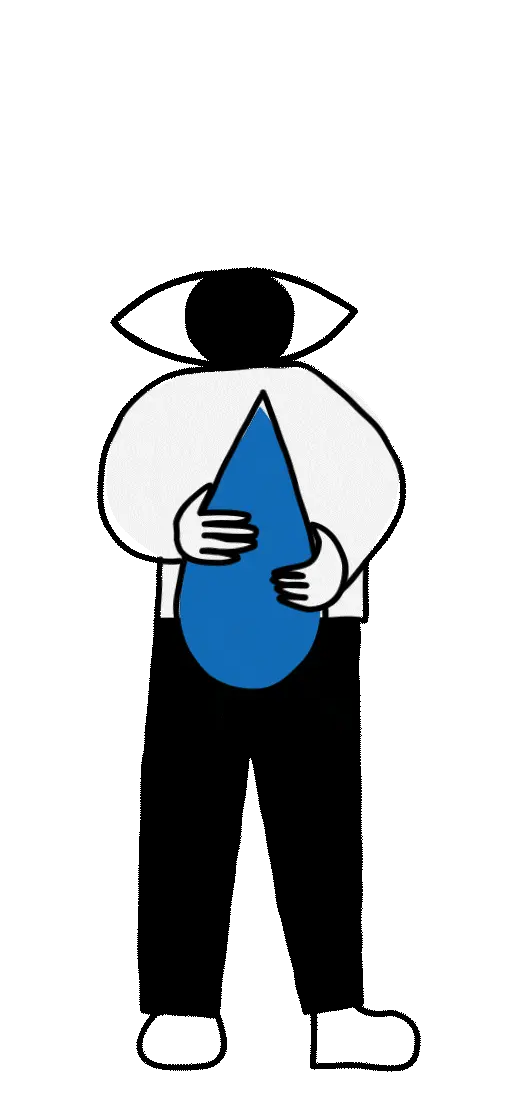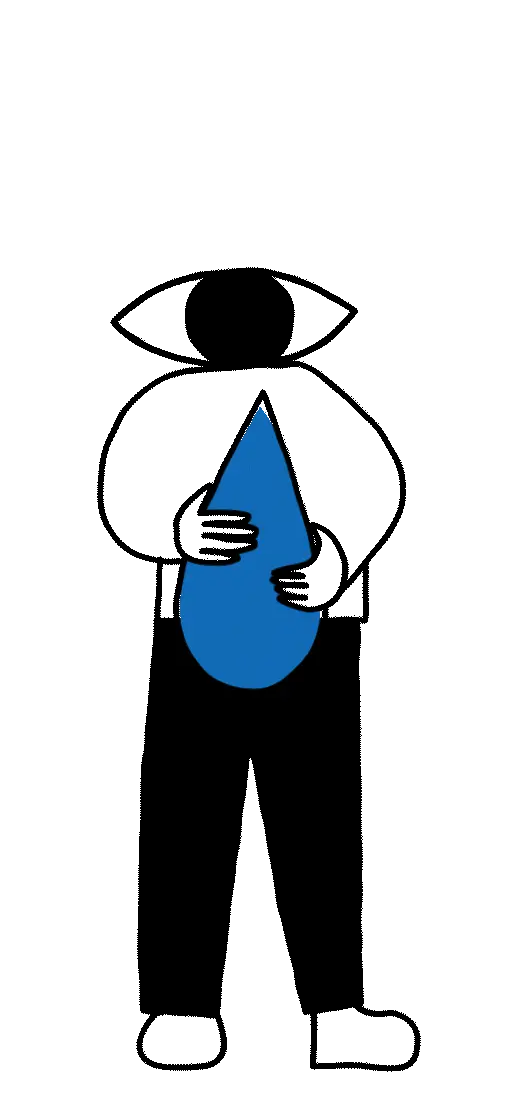Working Not Working is on a mission to build the future of creative opportunity. We’ve been connecting the most innovative companies to the most creative people in the world for over a decade.
But even in a sea of change, 2024 has felt different, with companies shifting focus away from people, leaving employees feeling burnt out and unproductive (and maybe just a little bit angry.) And if that’s the general consensus, then we had to know how full-time Creatives feel about it. So we asked them, and the results were…not good.
All those feelings led to the first annual WNW (UN)HAPPINESS SURVEY — a real-time look at the way Creatives are feeling about their j-o-b-s, focused on five specific areas: general employee happiness, company culture, staying power, perceived value, and job perks.
So what should you do with this info? In the words of Gandhi, be the change you want to see in the world. We not only have some interesting numbers from the data we collected, but we've come up with a few thoughts (HINT: our new platform NTRNL) and suggestions about how to keep people from jumping ship — before it’s too late.











Creatives of all ages, genders, and locations are feeling somewhere between "meh" & miserable, a finding consistent with greater dissatisfaction (see: The Great Gloom).

Citing return-to-office mandates and the decline of DEI and wellness programs, 75% of those surveyed reported a happiness level of 3 or less.

A majority of respondents were ready to leave sooner rather than later.

Employees are less likely to stay in a job that makes them unhappy, leading to high turnover rates, which can cause a domino effect and ultimately be costly for businesses.
And 41% intend to leave in the next 6 months.
Employee turnover not only has a high monetary cost (replacing and training an employee can cost up to 200% of the employee’s yearly salary), but also affect things like company productivity and employee morale.
The potential cost of attrition is millions per year per company and 1.8 trillion per year for US companies as a whole.

Brand and agency senior leadership reported the highest levels of unhappiness — and if they don’t know what’s going on, how can anyone else?
In 2022, lack of career development and advancement was the most common reason for quitting a job (McKinsey).
That’s still true.
EMployees at all levels are left lacking:
- Mentorship (97%)
- Clarity Around Career Growth (97%)
- Internal Communication (96%)
- Educational Opportunities (94%)
Your people are talented. If they’re looking for more career opportunities, more flexibility and better pay, freelancing can be a way to get a foot in the door — either to a fully freelance career or at a company that more closely aligns with their values and desired pay.

THE CASE FOR HAPPINESS
Your employees feel stuck. Keeping them happy isn’t just a nice thing to do, it’s fundamental to the success of the business.
In one study, 98% of participants stated that being happy makes them work harder, while 90% said they think organizations underestimate the positive effects of employee satisfaction and gratitude.
Work-life balance isn't a trend
Studies show that employees are 13% more productive working remotely (even if their bosses don’t think so.)
But maybe that's looking at it the wrong way. Workers thrived in the remote-only models that provided stability in the face of uncertainty, leading to (in some cases) a 50% lower attrition rate.


GIVE PEOPLE WHAT THEY NEED TO SUCCEED
Must be ready to hit the ground running?
No thanks.
From onboarding to upskilling, employees want support. With employees saying learning improves connection and purpose to their work, it's becoming apparent that employers need to provide resources to ensure their people want to stick around.
MAKE THE SHIFT: See how some companies are even getting creative with how they keep employees engaged.
Our latest employee happiness survey paints a clear picture: when employees feel seen, valued, and understood – not just another cog in the machine – that's when the magic happens. It's a win-win: a thriving, productive team translates directly to a thriving business.
Are you interested in upping your employee recognition and retention game, and finding a strategy that improves belonging and nurtures the creativity of your talent?
Working Not Working’s new platform, NTRNL (pronounced internal), goes beyond traditional HR software and staffing tools. It allows you to see your people holistically, with all the depth of interests, passions, and expertise they possess, so you can match them to the right opportunities — even if you had no idea that your project manager could Salsa dance.
Book some time with our team and see how NTRNL can fuel your Talent’s talent.
All data courtesy of the Working Not Working (un)Happiness Survey and the additional sources linked above. Responses were collected from 965 full-time members of the WNW Creative Community of all ages (18+), genders, and locations.
All illustrations courtesy of Working Not Working Member #24033, Saskia Keultjes. Motion graphics design provided by Working Not Working Member #127501, Ceilidh Smith with color exploration and layout support by Working Not Working Member #145703, Kellie O'Hara.
Saskia, Ceilidh, and Kellie are all available for hire on WNW (and are a dream to work with).
©2024 Working Not Working